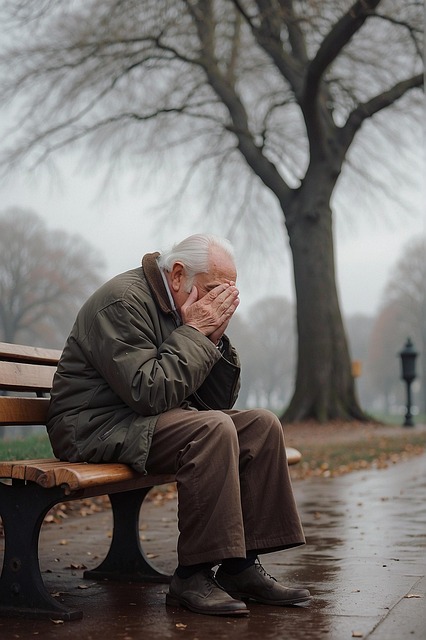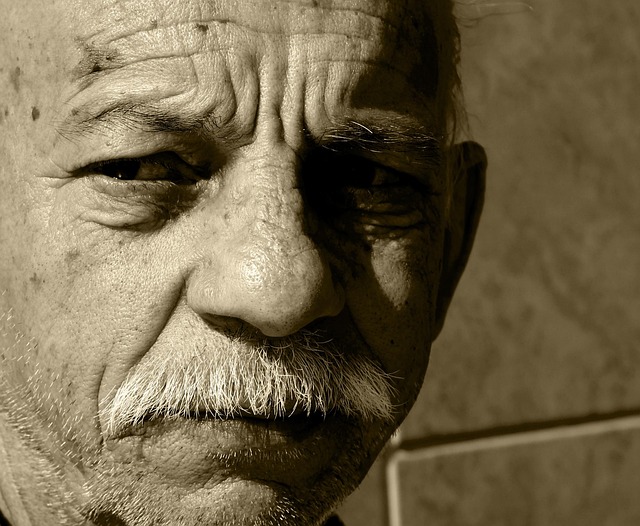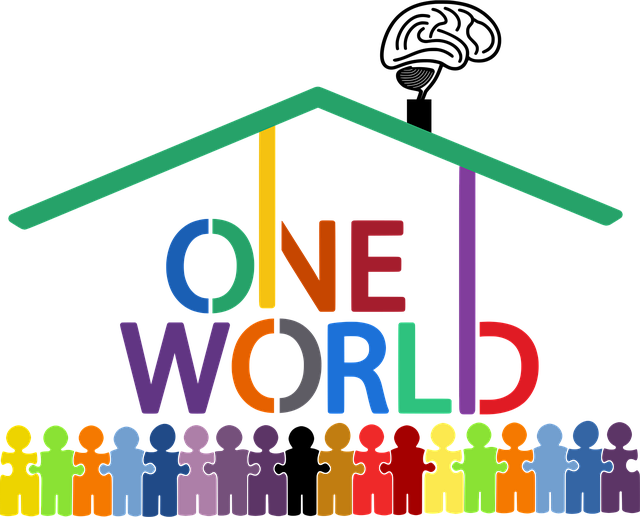Eugene, Oregon, leads with inclusive transport initiatives, focusing on improved public transit for people with disabilities and mobility challenges. The city integrates dedicated bike lanes, crosswalks, and pedestrian zones, promoting healthier lifestyles while reducing congestion and emissions. Additionally, it offers accessible parking spaces and design elements, ensuring all residents can navigate independently, setting a standard for inclusive transport solutions in urban planning.
Eugene, Oregon, is making significant strides towards becoming a leader in inclusive transport. This article explores how the city’s transportation accessibility improvements are transforming lives. We delve into expanding accessible transit options, pedestrian and cyclist-friendly infrastructure, and inclusive parking solutions that cater to all residents. By embracing these initiatives, Eugene is setting an example for urban mobility, ensuring everyone can navigate the city with ease and dignity.
- Expanding Accessible Transit Options in Eugene
- Pedestrian and Cyclist-Friendly Infrastructure
- Inclusive Parking Solutions for All Residents
Expanding Accessible Transit Options in Eugene

Eugene, Oregon is making strides in enhancing its transportation accessibility, particularly by expanding options for people with disabilities and mobility challenges. The city has recognized the importance of inclusive transport to ensure everyone can navigate around with ease. As such, efforts have been focused on increasing accessible transit services, including low-floor buses that are easier to board, improved audio and visual announcements at stops, and dedicated spaces for wheelchairs and other assistive devices.
These improvements not only cater to the needs of individuals with disabilities but also benefit older adults and those who may be temporarily injured or mobility-impaired. By making public transportation more welcoming and convenient, Eugene is fostering a more inclusive environment where everyone can participate in community life regardless of their physical abilities.
Pedestrian and Cyclist-Friendly Infrastructure

Eugene, Oregon, has made significant strides in creating an inclusive transport system that caters to all users, including pedestrians and cyclists. The city’s commitment to developing pedestrian and cyclist-friendly infrastructure is evident through numerous initiatives aimed at enhancing safety and accessibility. One notable example is the extensive network of bike lanes and paths that crisscross the urban landscape, providing secure routes for cycling commuters and recreational riders alike.
These efforts are further bolstered by well-designed crosswalks, improved street lighting, and dedicated pedestrian zones, ensuring a comfortable and safe experience for those on foot. The inclusive transport approach in Eugene Oregon not only promotes healthier lifestyle choices but also reduces traffic congestion and carbon emissions, making it a model for urban planning in terms of creating an environment that encourages active transportation.
Inclusive Parking Solutions for All Residents

Eugene, Oregon, has been making significant strides in enhancing its transportation accessibility for all residents. One notable area of improvement is the implementation of inclusive parking solutions. The city has introduced dedicated parking spaces for individuals with disabilities, ensuring that those with mobility challenges can access public spaces easily and comfortably. These accessible parking spots are clearly marked and located strategically across various neighborhoods, promoting convenience and independence for the disabled community.
Furthermore, Eugene’s urban planning efforts have incorporated design principles that cater to diverse mobility needs. This includes better wayfinding signage, ramps, and smooth surfaces, making it easier for everyone, including seniors and individuals using wheelchairs or other assistive devices, to navigate public spaces. Such inclusive transport solutions in Eugene Oregon exemplify the city’s commitment to fostering an equitable and welcoming environment for all its residents.
